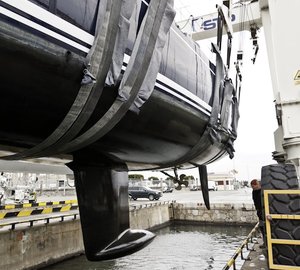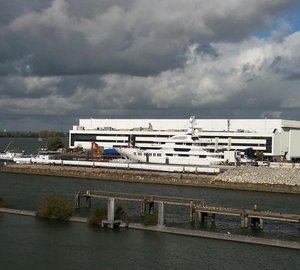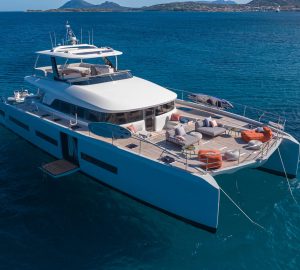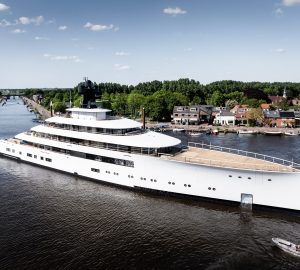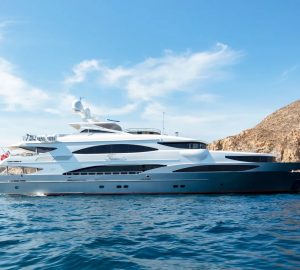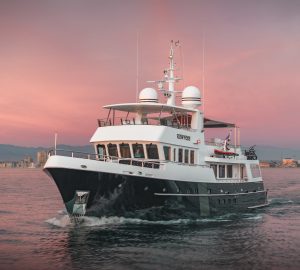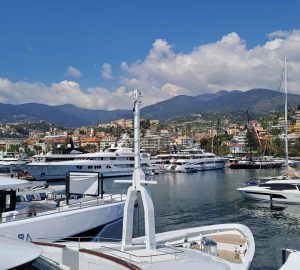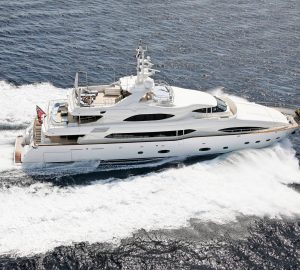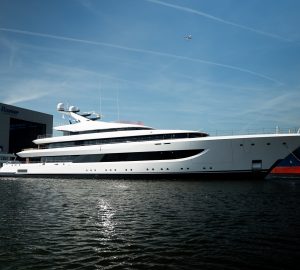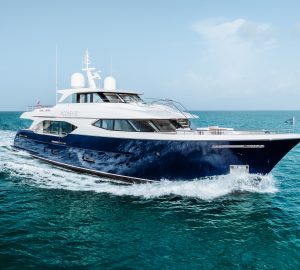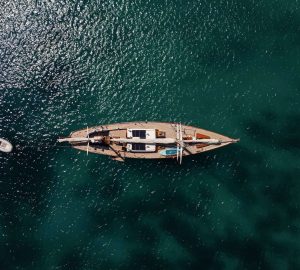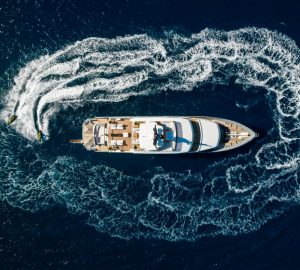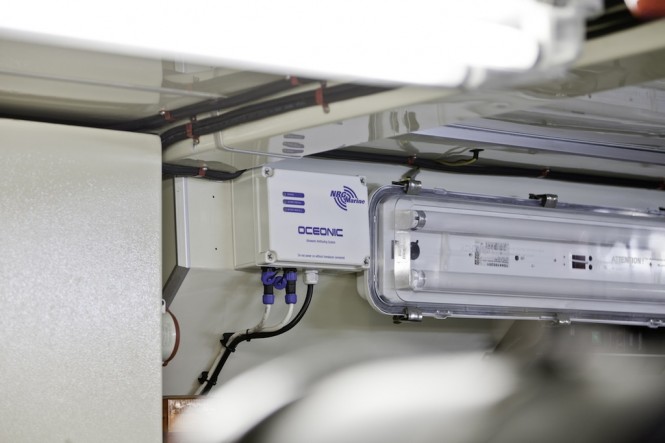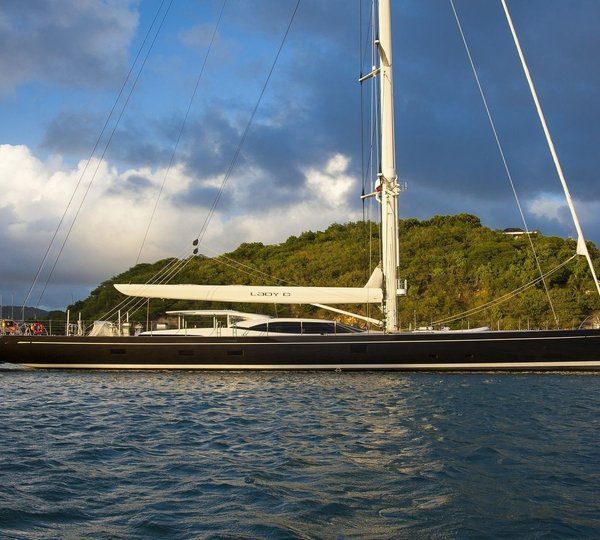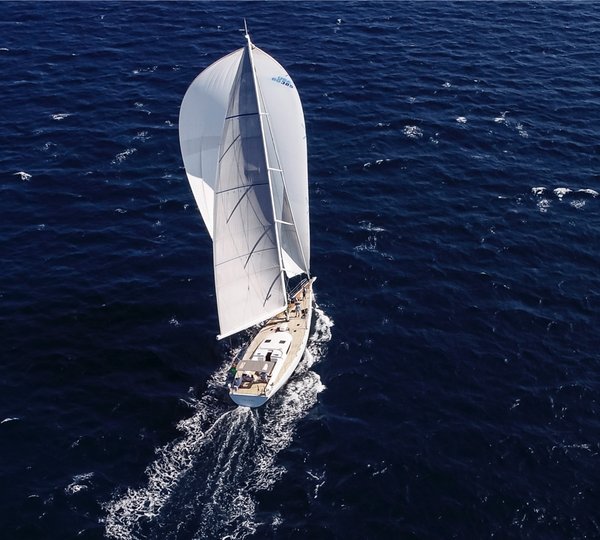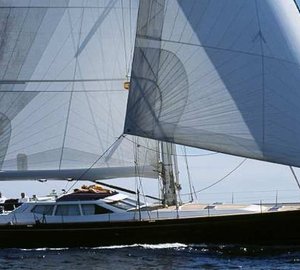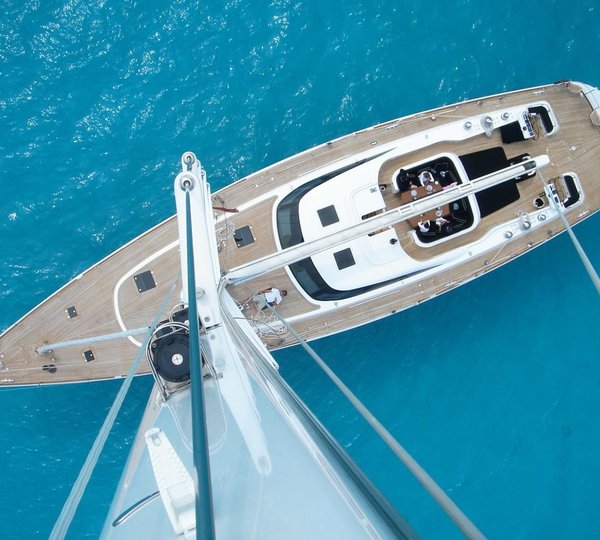Designed by renowned Bill Tripp, the 43m sailing yacht Mystere is an award winning spectacular sloop built by the prestigious Vitters Shipyard in Holland. The Mystere superyacht cruises and competes on both sides of the Atlantic and is often present in the various Superyacht Regattas.
E-Tech fitted the NRG Ultrasonic System to the Mystere superyacht´s sea chests which had experienced problems with calcium growth, worm casts and algae, all negatively affecting the efficiency of the cooling.
After a year in service the luxury yacht Mystere´s captain reported: “None of these substances were present at all, and the installation has been a ‘plug and play’ success, which just worked away quietly, and without any onboard attention required.”
He is now planning to have Sonihull fitted in some underwater duct areas around the Mystere yacht’s lifting keel.
NRG Sonihull System
NRG Sonihull system is an ultrasonic antifouling system marketed and installed by yacht electronics specialists E-Tech Yachting. Sonihull already has many years of research, development and proven practical use behind it. And E-Tech has all the expertise and resources needed to install it professionally and effectively, on all sizes of yacht from 10 metres up to superyachts.
Sonihull features:
– Improved hydrodynamics & speed.
– Noticeable reduction of maintenance expenses.
– Return of investment within a short time.
– Less fouling of ship’s hull.
– Improved fuel efficiency & performance.
How does it work?
Multiple transducers are installed in the hull. The transfer rate of the ultrasonic signal is much higher on steel than fibreglass and therefore most effective. However, the system works and has been proven on all hard surfaces. On commercial ships each transducer should be calculated to a 3-5 metre radius on steel hulls to obtain ultimate results.
The Sonihull Marine Hull protection system utilises the latest digital electronics and ultrasonic transducer technology, by producing multiple bursts of ultra sonic energy simultaneously in a multiple range of frequencies. This energy produces a pattern of alternating positive and negative pressure. The alternating pattern creates microscopic bubbles during periods of negative pressure and implodes them during periods of positive pressure in a phenomenon known as “cavitation.” The implosion creates a micro-jet action that not only provides the cleaning effect on the hulls surface below the water line, it also resonates and destroys single cell organisms such as algae. The removal of the initial link in the food chain inhibits the growth barnacles and other marine life that feed on the algae.


